Sand Casting:An Overview
1. What is Green Sand Casting?
Green sand casting is a popular and versatile casting method used for producing metal parts with a wide range of sizes and shapes. It involves creating molds using a mixture of sand, clay, water, and other additives to form a cohesive and reusable mold. This process is named “green” because the sand mold is used in a damp, uncured state.
1.1. How Does the Green Sand Casting Process Work?
The green sand casting process involves several steps:
Pattern Making: A pattern, typically made from wood, metal, or plastic, is created in the shape of the final product.
Mold Making: The pattern is placed in a mold box and packed with green sand to form the mold. The mold is then split open, the pattern is removed, and the mold is reassembled.
Core Making: For parts with internal cavities, cores made of sand are placed inside the mold.
Pouring: Molten metal is poured into the mold cavity through a gating system.
Cooling: The metal is allowed to cool and solidify.
Shakeout: The mold is broken apart to remove the casting.
Cleaning and Finishing: The casting is cleaned to remove any sand, scale, or other residues, and finished to meet specifications.
1.2. What Are Green Sand Castings Made From?
Green sand for casting molds typically consists of:
Silica Sand: Provides the bulk of the mold material.
Clay (Bentonite): Acts as a binder to give the sand cohesion.
Water: Activates the clay binder.
Additives: Enhance mold properties and performance.
1.3. How Are Green Sand Molds Made?
Green sand molds are made by packing sand around a pattern in a mold box. The sand is compacted to ensure it takes the shape of the pattern. Once the sand is packed, the mold is split open, and the pattern is removed. Cores are inserted if needed, and the mold is reassembled, ready for metal pouring.
1.4. What Happens to the Sand After Casting?
After the casting process, the sand is removed from the mold and can be reclaimed and reused. The sand is processed to remove impurities and restore its properties, making it suitable for reuse in future molds. This recycling aspect makes green sand casting an environmentally friendly option.
1.5. Parts of a Sand Casting Mold
The main parts of a sand casting mold include:
Drag: The bottom half of the mold.
Cope: The top half of the mold.
Core: Inserts to create internal cavities.
Gating System: Channels for pouring metal.
Risers: Reservoirs to compensate for shrinkage.
2.How Popular is the Green Sand Casting Process?
Green sand casting is highly popular due to its cost-effectiveness, versatility, and ability to produce a wide range of metal parts. It is widely used in industries such as automotive, aerospace, machinery, and construction for both prototyping and high-volume production.
2.1. Advantages and Disadvantages of Green Sand Casting
Advantages:
Cost-effective for high-volume production.
Short lead times and rapid production cycles.
Suitable for a wide range of metal alloys.
Excellent for complex geometries and intricate designs.
Disadvantages:
Limited to relatively low-temperature metal alloys.
Surface finish and dimensional accuracy may require additional machining.
Mold strength and durability can be lower compared to other casting methods.
2.2. What is Sand Casting Mainly Used For?
Sand casting is mainly used for producing metal parts of varying sizes and shapes, including engine blocks, pump housings, valve bodies, and more. It is especially suited for parts with complex geometries that are difficult to achieve with other manufacturing methods.
2.3. Is Sand Casting Expensive?
Sand casting is generally considered cost-effective, especially for high-volume production runs. The initial setup costs for patterns and molds are relatively low, and the ability to recycle sand further reduces costs. However, the expense can vary based on the complexity and size of the parts being produced.
3. Different Sand Casting Techniques
There are several variations of sand casting techniques, including:
Green Sand Casting: Uses damp sand molds.
Dry Sand Casting: Uses sand molds that are dried before pouring.
Cold Box Casting: Uses a chemical binder to harden the sand mold without heat.
Shell Mold Casting: Uses a thin shell of sand bonded with resin.
3.1. Common Casting Defects and Discontinuities
Common casting defects include:
Porosity: Gas bubbles trapped in the metal.
Shrinkage: Volume reduction causing cavities.
Cold Shuts: Incomplete fusion between metal flows.
Inclusions: Foreign material trapped in the casting.
4. What is Molding Sand?
Molding sand is a mixture of sand, clay, water, and other additives used to create molds for metal casting. It must have good permeability, strength, and cohesion to withstand the casting process and produce quality parts.
4.1. Molding Sand Properties
Key properties of molding sand include:
Permeability: Ability to allow gases to escape.
Cohesiveness: Strength to retain shape.
Refractoriness: Ability to withstand high temperatures.
Plasticity: Flexibility to mold around the pattern.
4.2. Tooling for Shell Mould Casting
Tooling for shell mold casting includes patterns, core boxes, and gating systems designed to create precise and high-quality shell molds. These tools are critical for achieving accurate dimensions and fine surface finishes.
5. Sand Casting Aluminum – Overview and Processes
Sand casting aluminum involves creating molds from sand and pouring molten aluminum into them. The process is widely used for producing lightweight, corrosion-resistant parts with intricate designs and fine surface finishes.
5.1. Types of Sand Casting Aluminum Processes
Types of aluminum sand casting processes include:
Green Sand Casting: Using damp sand molds.
Dry Sand Casting: Using sand molds dried before pouring.
Shell Mold Casting: Using resin-bonded sand shells.
5.2. Advantages and Disadvantages of Sand Casting Aluminum
Advantages:
Lightweight and corrosion-resistant parts.
Ability to create complex shapes.
Cost-effective for large production runs.
Disadvantages:
Surface finish may require additional machining.
Limited to low-temperature aluminum alloys.
5.3. How to Improve Aluminum Sand Casting Surface Finish?
To improve the surface finish of aluminum sand casting, techniques such as mold coating, finer sand grains, and controlled pouring temperatures can be used. Post-casting treatments like machining and polishing also enhance the finish.
5.4. Does Sand Casting Produce a Fine Aluminum Surface Finish?
Sand casting can produce a fine aluminum surface finish, but it often requires post-casting machining and finishing processes to achieve the desired smoothness and precision. Factors like mold quality and metal handling play crucial roles.
5.5. Which Factors Determine the Aluminum Sand Casting Surface Finish?
Factors that determine the surface finish of aluminum sand casting include the quality of the sand mold, grain size of the sand, mold coating, pouring temperature, and the handling of molten metal. Proper control of these factors ensures a better surface finish.
6. Mold Material/Choice of Sand
Choosing the right sand for molds involves considering factors like grain size, refractoriness, permeability, and bonding strength. Common choices include silica sand, zircon sand, and chromite sand, each offering specific benefits.
6.1. Types of Molding Sand
Types of molding sand include:
Green Sand: A mixture of sand, clay, and water.
Dry Sand: Sand that is dried before use.
Core Sand: Specially prepared for making cores.
Facing Sand: High-quality sand used on the mold surface.
6.2. 5 Properties to Consider When Choosing Molding Sand
Key properties to consider when choosing molding sand are:
- Permeability
- Cohesiveness
- Refractoriness
- Plasticity
- Strength
7. 3D Sand Printing for Casting Molds and Cores
3D sand printing allows for the creation of intricate and precise molds and cores by using digital models. This technology enhances design flexibility, reduces lead times, and improves the accuracy of cast parts.
7.1. FAQs for 3D Printed Sandcasting Molds and Cores
Q: What is 3D sand printing?
A: 3D sand printing is a process that uses digital models and additive manufacturing techniques to create sand molds and cores for casting.
Q: What are the benefits of 3D printed molds?
A: Benefits include design flexibility, reduced lead times, improved accuracy, and the ability to create complex geometries.
Q: Can 3D sand printing be used for all metals?
A: Yes, 3D sand printing can be used for casting various metals, including aluminum, iron, and steel.
8. What is Sand Casting Bronze?
Sand casting bronze involves using sand molds to create bronze parts. This process is favored for its ability to produce detailed and complex shapes with excellent mechanical properties and aesthetic appeal.
8.1. Sand Casting Bronze Main Applications
Bronze sand casting is commonly used in applications such as:
Art and Sculpture: Creating detailed bronze artworks.
Industrial Components: Manufacturing bushings, bearings, and gears.
Marine Hardware: Producing corrosion-resistant fittings and fixtures.
8.2. Types of Sand Casting Bronze
Types of bronze used in sand casting include:
Phosphor Bronze: Known for its strength and corrosion resistance.
Aluminum Bronze: Offers excellent wear resistance and strength.
Silicon Bronze: Ideal for artistic and decorative applications.
8.3. Sand Casting Bronze Process
The process of sand casting bronze involves creating a sand mold, pouring molten bronze into the mold, allowing it to cool and solidify, and then breaking the mold to retrieve the casting. Post-casting processes like cleaning and finishing are applied to achieve the desired quality.
Conclusion
Finding a reliable sand casting foundry involves considering factors such as the foundry’s experience, capabilities, quality control measures, and ability to meet specific requirements. Suppliers should provide consistent quality, timely delivery, and competitive pricing.

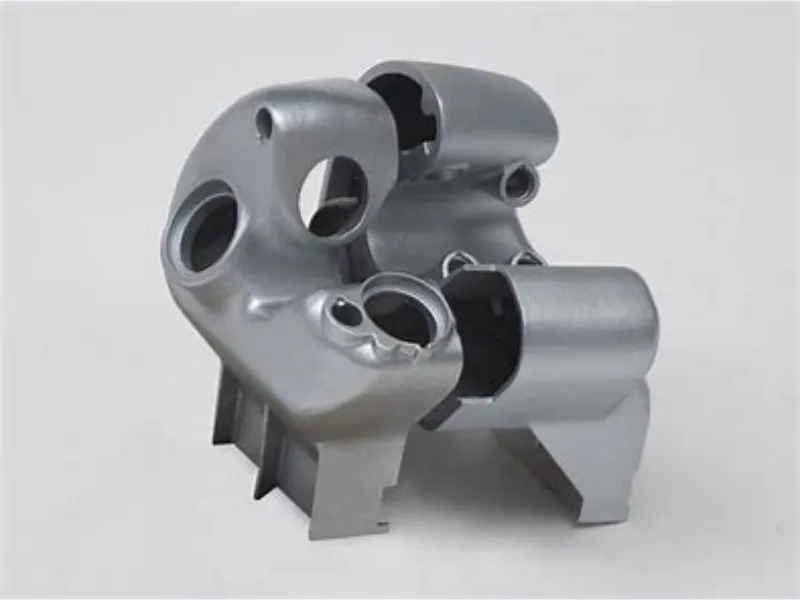
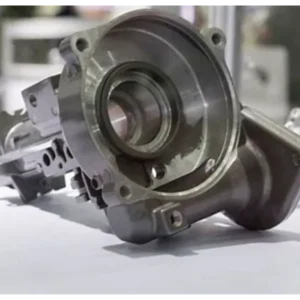

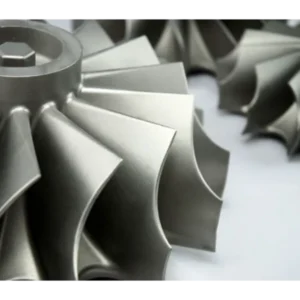
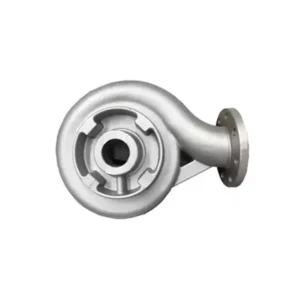
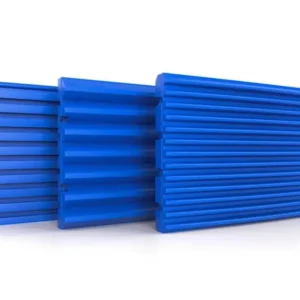
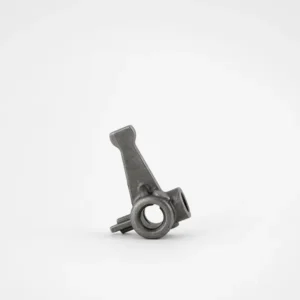
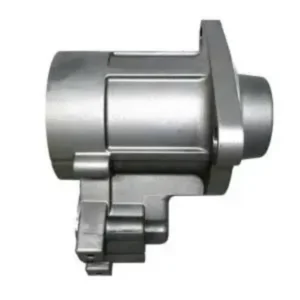
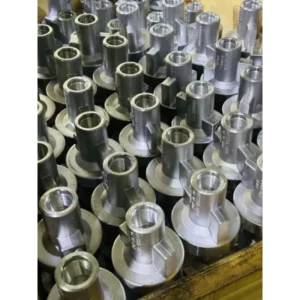
Reviews
There are no reviews yet.